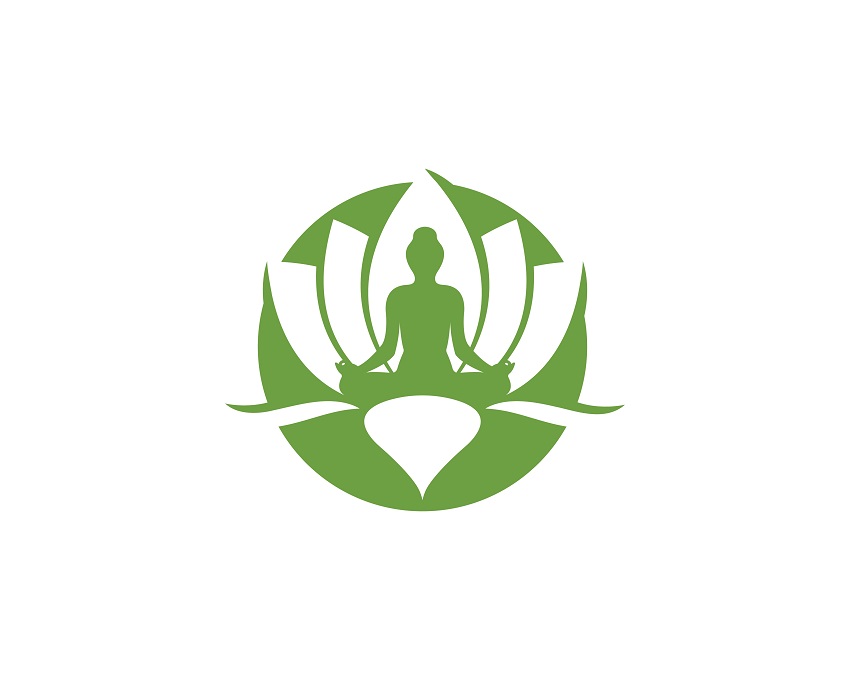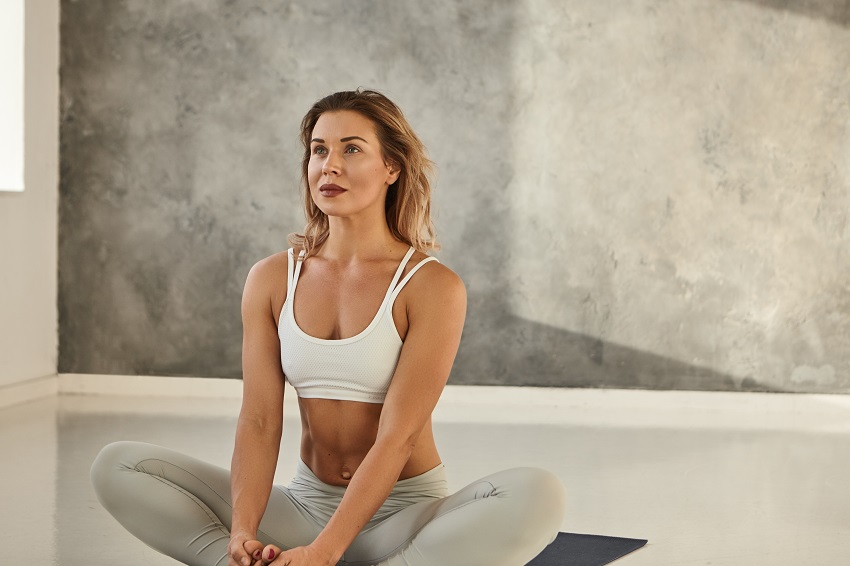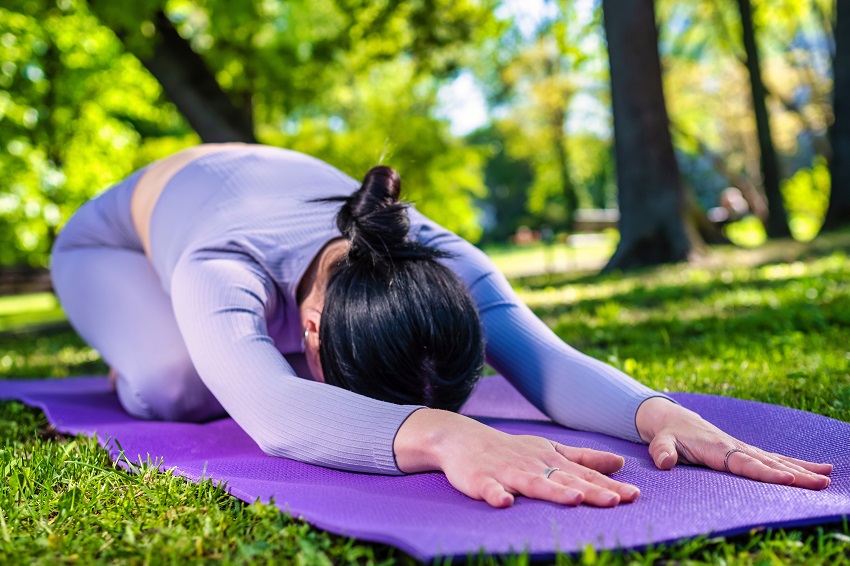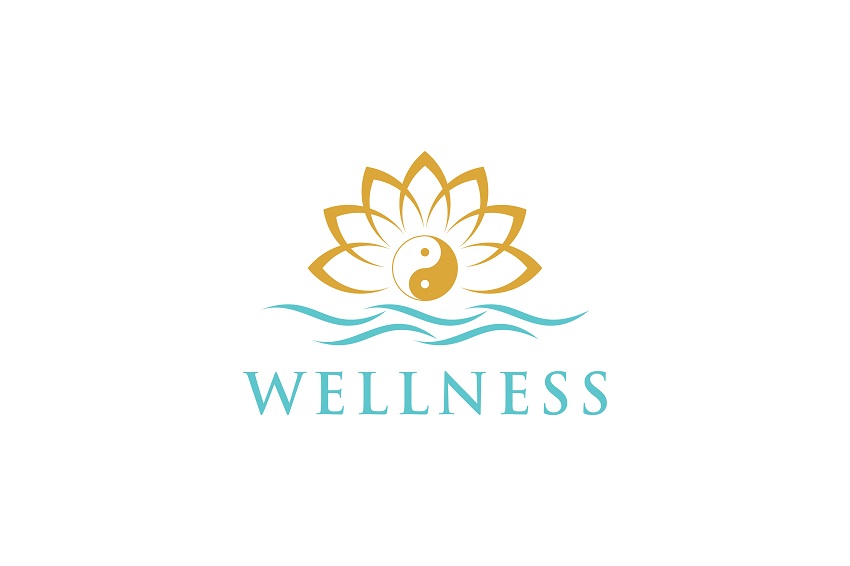What Is Yin Yoga:
When you think Yin yoga, think long poses. Think passive stretching and balance in the body, but also the mind. Oftentimes, Yin yoga is a style learned later on in your quest as a yogi. Styles such as Hatha, Hot yoga, and Vinyasa are more common that we embark upon early in our yoga journey. So, what is Yin yoga?
Yin yoga is a variant style that aims to improve, relax, and fortify the body and mind. Yin yoga is a soft, slow and gentle style of yoga. In addition, involves maintaining static positions in a relaxed, controlled manner. It is yoga suitable for all ages, and levels of physical preparation. It is also a style crafted to improve the flow of qi or chi. Qi is energy (according to ancient Chinese Medicine) that flows through certain pathways within the body.

Even In a Fast-Paced World, We Sometimes Need A Reset Button:
Let’s face it, the modern world is “faster” then ever. The speed of information and tasks performed to keep up, takes a toll on us all. In recent decades, the validity and effectiveness of the yoga practice has been experienced first hand by many Westerners. In fact, yoga, is even integrated into recovery programs, injury prevention, and even used to help treat chronic pain.
For those who are beginners, the path in choosing the style of yoga that best suits your needs can prove to be not without obstacles. Each style of yoga has its specific peculiarity and beauty and some are particularly suitable for people with certain aptitudes or needs. However, for us, Yin yoga is a style that can help, if you will, “reset your body and mind”.
What Is Yin Yoga, Continued…
Yin yoga. It is a very quiet practice. Consequently, teaching those who participate how to let go of tensions, and potentially intrusive thoughts. Thus, allowing the body & the mind, to relax. Yin yoga can be practiced by anyone, as it is adaptable to the needs of any one individual. Like other styles of yoga, it focuses on enhancing breath (pranayama) awareness.
Asanas and/or sequences are held for longer duration of times. Oftentimes, Yin yoga is referred to as a “grounding” and “nurturing” or a “meditative” style of yoga. This particular style focuses more on deep connective tissue, joints, tendons and ligaments. Contrarily “Yang” yoga focuses on the muscles. Oftentimes, the asanas are performed seated on lying.

Yin yoga is strongly influenced by Hatha Yoga and Taoism. Many asanas are the same between the various styles. One fundamental difference lies in the execution as it relates to duration, and type of recurring exercise making up a sequence. Consequently, the longer duration, allows a yogi to look within, focusing on each breath.
In particular, Yin yoga sequences consist of positions that are maintained for 3 minutes. This, in order to improve the energy flow and stimulate tissues and joints. Although, It is possible to maintain a position for even 5 minutes or longer, depending on the level of resistance, and/or training of the practitioner.
To align the chakras and energy flows, it is recommended to practice before or after any “yang-type” activity. For example, after returning from work. Thus, restoring the balance between the elements of “activity” (work) and “passive” yin yoga asanas.
Yin Yoga Sequences
Like almost all yoga classes, Yin yoga also involves the grouping of asanas. These are referred to as sequences. Each aimed at achieving a certain goal.
There are 4 Yin yoga sequences that we can consider, widespread;
- Spring sequence – created to restore the balance of the liver and gallbladder meridians.
- Summer sequence – created to balance the meridians of the spleen and stomach.
- Autumn sequence – created to restore the balance of the meridians of the intestine, heart and lungs.
- Winter sequence – created to allow the achievement of balance in the meridians of the kidneys and bladder.

What Is Yin Yoga? – Frequent Yin Yoga Positions:
There are many positions that we can induce in a list of Yin yoga asanas. Here are some of the most frequent asanas you’ll experience.
- Baddha Kònasana posture, also known as Butterfly pose;
- Savasana position, also known as Corpse pose;
- Vrksasana position, also called Tree pose;
- Ustrasana position, also known as Camel pose;
- Balansana position, also known as Child’s pose;
- Anahatam position, ideal for activating the fourth Heart chakra;
- Hamsasana position, that is Swan pose;
- Mandukasana posture, also known as Frog pose.
Benefits Of Yin Yoga:
Yoga is a source of benefits which can extend both from the body and mind.
Many touted benefits from experienced yogis include; relaxation of body and mind, improved strength, flexibility, blood circulation, better mobility, improved self esteem, decreased stress, and a better mind-body acknowledgement.
In fact, Yin yoga may help negate certain health effects associated with high stress. Yoga in general is a low cost and relatively easy method for doing this.
In addition, yoga has been coupled with other means of relaxation, such as meditation. One study on Yin yoga and meditation concluded a reduction in stress and anxiety, and an increase in mindfulness after 6 weeks.
Yoga, in general, may help improve general wellness. This can be by helping aid in stress relief, but also a way of supporting good health habits. These habits include;
- pain relief;
- supporting cessation in unhealthy habits, such as smoking;
- even aiding in individuals with chronic diseases to support a better QOL (quality of life).

Final Thoughts!
It’s no surprise that yoga is becoming more widespread and supported in the health community. Specifically, Yin yoga provides the practitioner a suitable and safe way to improve aspects of both the body and mind.
References:
- https://pilgrimageyoga.com/blog/complete-guide-yoga-injury-recovery/
- https://manflowyoga.com/blog/injury-prevention-rehab/
- https://sportsmedicineweekly.com/blog/how-yoga-can-help-athletes-on-their-road-to-recovery/
- https://painhealth.csse.uwa.edu.au/pain-module/yoga/
- https://www.healthline.com/health/fitness/yin-yoga-poses#yin-yoga-basics
- https://www.ncbi.nlm.nih.gov/pmc/articles/PMC6051627/
- https://pubmed.ncbi.nlm.nih.gov/34083148/
- https://www.nccih.nih.gov/health/yoga-what-you-need-to-know#:~:text=What%20are%20the%20health%20benefits,type%20headaches%20and%20knee%20osteoarthritis.




